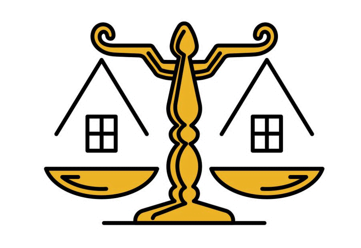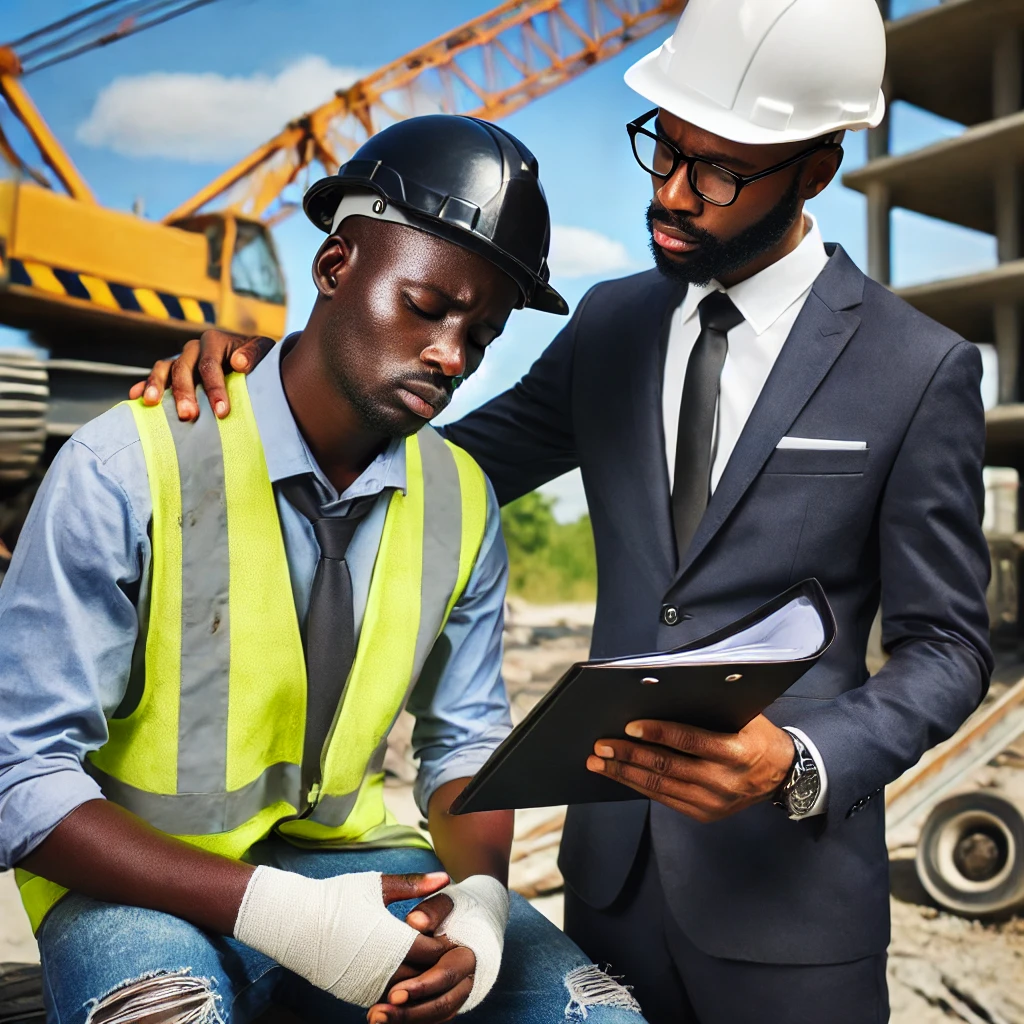Construction Crane Accidents and Compensation for Resulting Injuries
Introduction
The construction industry is one of the most hazardous sectors in the world, and crane accidents contribute significantly to workplace injuries and fatalities. Cranes play a crucial role in modern construction projects by lifting and moving heavy materials, but their misuse or malfunction can lead to severe accidents.
This comprehensive article explores construction crane accidents, the legal aspects surrounding them, the compensation process for victims, employer liability, and preventive measures to enhance safety standards.
1. Understanding Construction Crane Accidents
A. What Are Construction Crane Accidents?
Construction crane accidents involve incidents where cranes malfunction, collapse, or cause injuries due to operational errors, mechanical failures, or unsafe conditions. These accidents can lead to severe injuries, fatalities, and financial liabilities for employers, workers, and third parties.
B. Types of Construction Cranes and Their Risks
Tower Cranes – Used for high-rise buildings, prone to collapse due to instability or extreme weather.
Mobile Cranes – Versatile but at risk of tipping over if improperly operated or overloaded.
Overhead Cranes – Common in warehouses and manufacturing sites, hazards include mechanical failures.
Crawler Cranes – Heavy-duty cranes with better stability but at risk of collapse on uneven terrain.
C. Common Causes of Crane Accidents
Mechanical Failures – Faulty parts, poor maintenance, and aging equipment.
Improper Crane Operation – Untrained operators, miscalculations, or exceeding weight limits.
Poor Weather Conditions – High winds, heavy rain, and extreme temperatures affecting crane stability.
Lack of Safety Measures – Failure to follow safety protocols, lack of inspection, or missing warning systems.
Load Accidents – Falling objects due to improper rigging or load detachment.
2. Injuries Resulting from Crane Accidents
Crane accidents can cause severe injuries that lead to long-term disabilities, financial hardships, and even fatalities.
A. Common Injuries in Crane Accidents
Head and Brain Injuries – Falling objects or being struck by crane parts can cause traumatic brain injuries (TBI).
Spinal Cord Injuries – Resulting from falls or being crushed by a crane, leading to paralysis.
Broken Bones and Fractures – High-impact accidents can cause multiple fractures and orthopedic complications.
Electrocution Injuries – Cranes coming into contact with power lines can cause fatal electrocution.
Internal Organ Damage – Crushing injuries from crane collapses can lead to internal bleeding or organ failure.
B. Psychological and Emotional Impact
Post-Traumatic Stress Disorder (PTSD)
Depression and Anxiety
Loss of Earning Capacity
3. Legal Liability in Construction Crane Accidents
A. Who Is Liable in a Crane Accident?
Several parties can be held legally responsible for crane accidents:
Employers – If they fail to provide proper safety equipment or training.
Crane Operators – If negligence or improper operation causes an accident.
Construction Companies – If they ignore workplace safety regulations.
Crane Manufacturers – If mechanical failures are due to defective parts.
Property Owners – If site conditions contribute to an accident.
B. Employer Responsibility Under Occupational Safety Laws
Employers are required to provide a safe working environment under the Occupational Safety and Health Act (OSHA).
They must ensure compliance with construction safety codes and crane inspection guidelines.
C. When Third-Party Liability Applies
If a third-party contractor or manufacturer’s negligence leads to a crane accident, they may be liable for damages.
4. Compensation for Crane Accident Victims
A. Workers’ Compensation Claims
Workers injured in crane accidents are entitled to workers’ compensation benefits, covering:
Medical Expenses – Hospitalization, surgeries, medication, and rehabilitation.
Lost Wages – Partial or full wage replacement for the injured worker.
Permanent Disability Benefits – Compensation for long-term injuries that prevent work.
Death Benefits – Provided to families of workers who lost their lives in crane accidents.
B. Personal Injury Lawsuits
If negligence or unsafe practices caused the accident, victims may file a personal injury lawsuit to seek additional compensation.
Victims can claim pain and suffering, emotional distress, and punitive damages.
C. Wrongful Death Claims
Families of deceased crane accident victims can file a wrongful death claim to seek compensation for funeral expenses, loss of financial support, and emotional suffering.
5. Steps to Take After a Construction Crane Accident
If you or a loved one has been injured in a crane accident, take these steps to protect your rights and claim compensation:
Seek Immediate Medical Attention – Get medical care and document injuries.
Report the Accident – Notify your employer and OSHA about the incident.
Gather Evidence – Take photos, obtain witness statements, and secure worksite documentation.
File a Workers’ Compensation Claim – Submit a claim for medical benefits and lost wages.
Consult a Construction Injury Lawyer – Seek legal advice to explore personal injury claims or wrongful death cases.
6. Preventing Construction Crane Accidents
A. Implementing Strict Safety Regulations
Regular safety inspections and maintenance.
Enforcing strict weight limits and operating guidelines.
B. Proper Training for Crane Operators
Certified training programs for crane operators.
Conducting frequent safety drills and emergency response training.
C. Using Advanced Technology for Safety Monitoring
Installing load monitoring sensors and automated emergency shut-off systems.
Utilizing real-time site surveillance cameras to track crane operations.
D. Enforcing PPE (Personal Protective Equipment) Requirements
Providing hard hats, reflective vests, gloves, and fall protection harnesses.
Conclusion
Construction is a major sector in Nigeria and so, majority of the labour force of the country venture into this sector. Therefore, a lot of attention must be given to it; the safety of the workers and their entire well-being to ensure maximum results.
Legal Requirements for Land Purchase in Lagos
NB: This article is not a legal advice, and under no circumstance should you take it as such. All information provided are for general purpose only. For information, please contact
Contact Us
Construction crane accidents can cause severe injuries, financial losses, and legal disputes. If you or a loved one has been affected by a crane accident, you may be entitled to compensation for medical bills, lost wages, and emotional distress.
At Chaman Law Firm, we provide expert legal support for:
✔️ Injury claims and compensation
✔️ Employer liability and workplace safety violations
✔️ Negotiation and litigation for maximum settlement
✔️ Legal guidance on workers’ rights and insurance claims
📞Phone: 08065553671, 08096888818
✉ Email: chamanlawfirm@gmail.com
📍 Address: 115, Obafemi Awolowo Way, Allen Junction, Ikeja, Lagos, Nigeria
🌍Click here to learn more about Chaman Law Firm
Don’t suffer in silence—get the compensation you deserve today! ✅


